The main aim of the research work is the theoretical understanding of death’s social and cultural condition and the critical analysis of important burial sites in modern Europe.
-text by the authors

Image 01: The practice of funeral cannibalism, custom of the Wari tribe up to and including 1960’s, expresses assimilation of the dead in the body of the survivors. Eating the corpse supports perception of the human body as a place of biologically constituted social relations and social identity as well as the belief in continuous presence of the ancestors at relationships of the living.
The first section relates to the historical investigation of philosophical and cultural views on death, from the Middle Ages to the modern era. Through Phillipe Aries and Michel Vovelle, the changes in attitudes, perceptions, and rituals around the question of response to death are approached.

Image 02: Death in the Sickroom by Edvard Munch, 1893. The horror and the silence at the moment loss.
It is about the transition from death as an accepted fact, to its ostracism from the public sphere of modern societies, as mentioned in the work of Geoffrey Gorer and its declaration as a political issue in an era of blissful industrialism through the views of Michel Foucault and Giorgio Agamben. In the second section of the paper, the influence of the above considerations on the planning of modern burial grounds in Europe, the spatial evolution, and the looming urban dynamics under the gaze of regional urbanism, combined with their transcendental character, are examined.
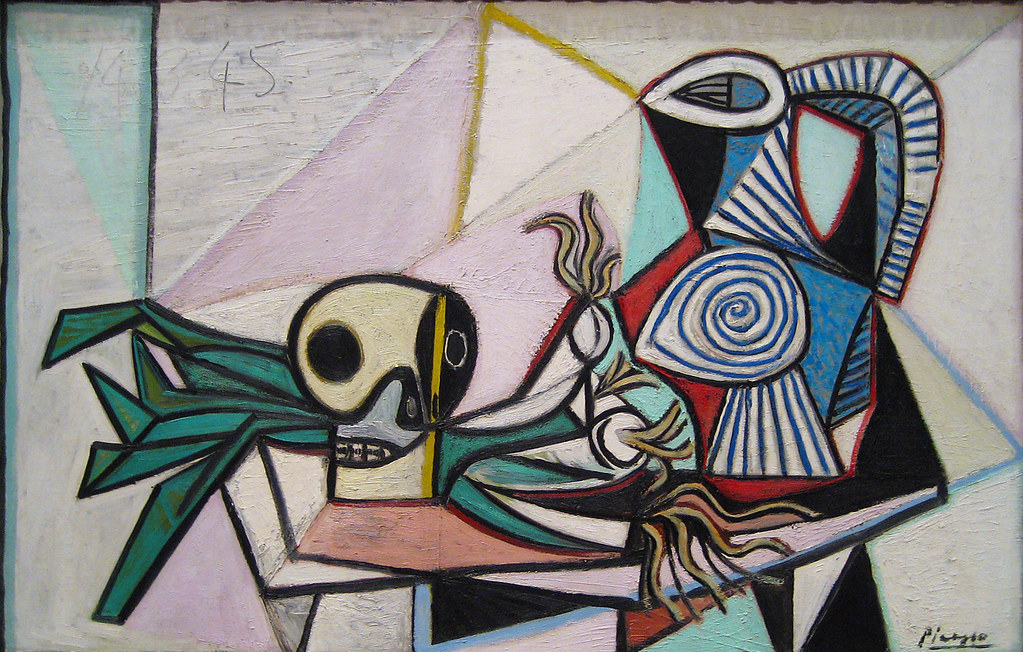
Image 03: Still Life with Skull, Leeks and Pitcher, Pablo Picasso, 1945
At the same time, they are studied as other places, as referred to in the work of Michel Foucault, as well as important spatial carriers of meanings related to the changing nature of society and its urban and regional stock.
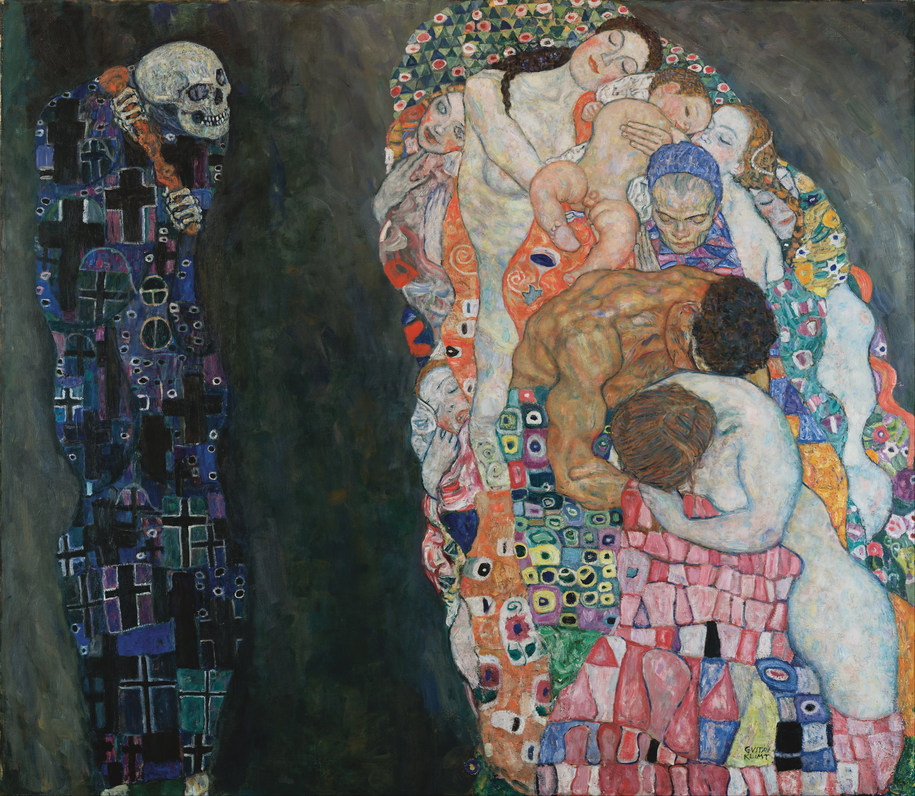
Image 04: Death and Life, Gustav Klimt, 1910
Finally, through the analysis of contemporary design examples, issues of urban integration and landscape composition are approached in modern cemeteries in the European North and South and their emergence as points of reference in the fabric and life of the city.
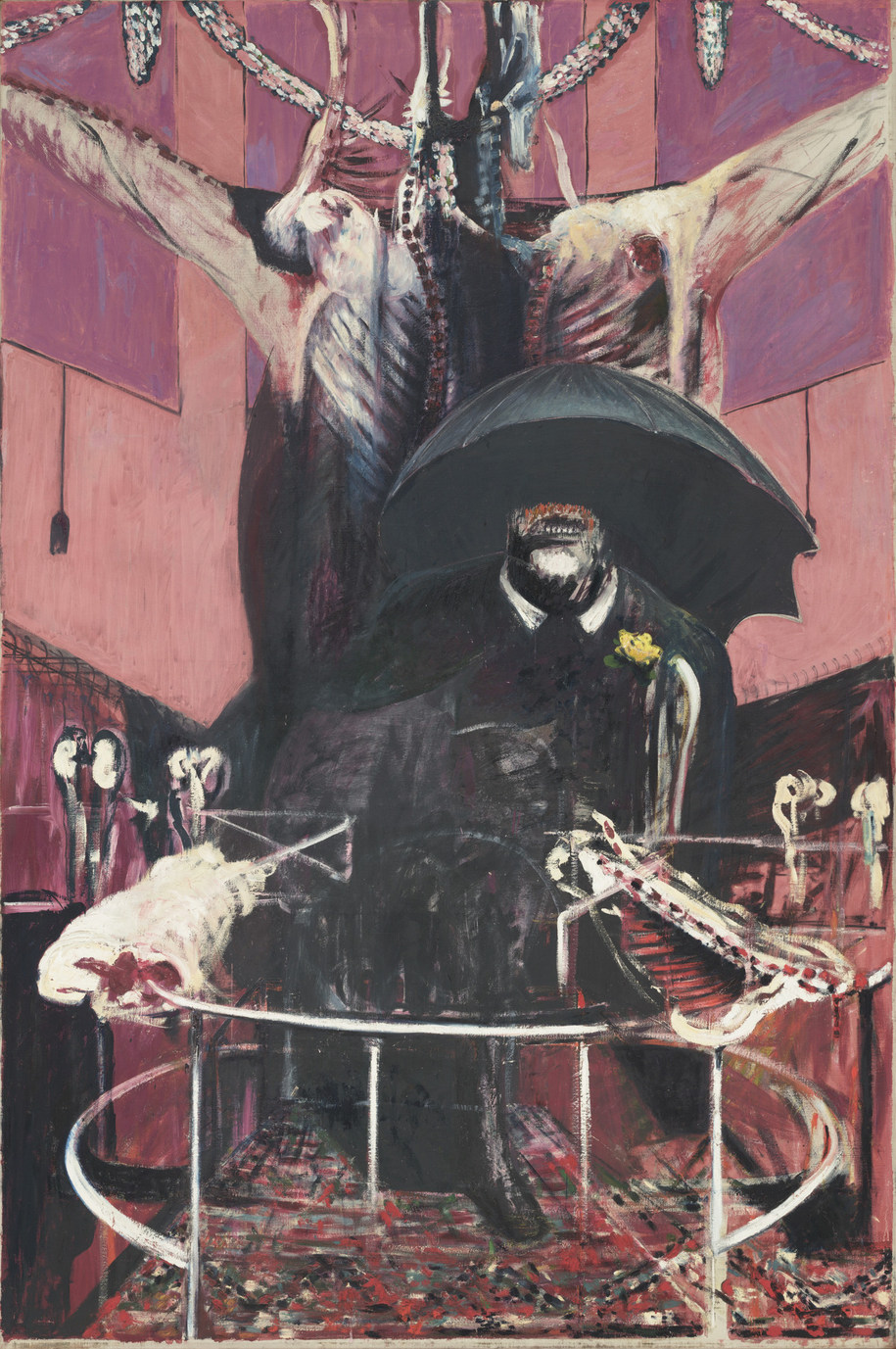
Image 05: Francis Bacon, 1946. The violence of death it causes detestation
Credits & Details
Project title: Theories of death and contemporary design examples of burial grounds
Project type: Diploma thesis project
University: School of Architecture, Technical University of Crete
Team: Georgios Dionysios Lountzis, Galini Nikolaidi
Supervisor: Dimitra Chatzisavva
Date of presentation: June 2020
Bασική επιδίωξη της ερευνητικής εργασίας είναι η θεωρητική κατανόηση της κοινωνικής και πολιτισμικής συνθήκης του θανάτου και η κριτική ανάλυση σημαντικών χώρων ταφής στην σύγχρονη Ευρώπη.
-text by the authors

Eικ. 06: Sorrowing old man (At Eternity’s Gate), Vincent Van Gogh, 1890
Η πρώτη ενότητα σχετίζεται με την ιστορική διερεύνηση των θεωρήσεων περί θανάτου, φιλοσοφικών και πολιτισμικών, από τον Μεσαίωνα έως και τη σύγχρονη εποχή. Μέσω του Phillipe Aries και του Michel Vovelle προσεγγίζονται οι αλλαγές στις στάσεις, αντιλήψεις και τελετουργίες γύρω από το ζήτημα της απόκρισης απέναντι στον θάνατο.
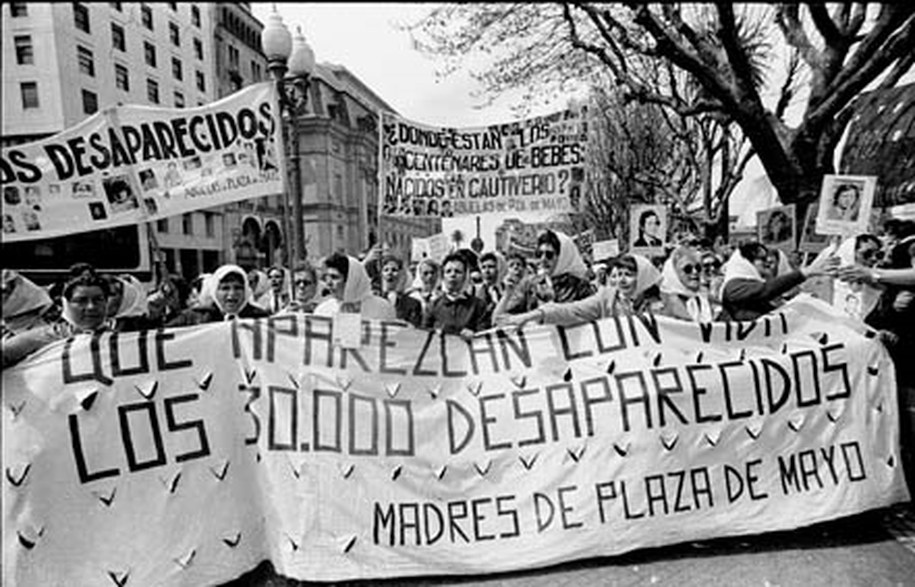
Εικ. 07: Το κίνημα των Μητέρων της Πλατείας του Μαϊου.Δημόσιες τελετές συμβολικού χαρακτήρα.
Πρόκειται για την μετάβαση από τον θάνατο ως αποδεκτό γεγονός, στον εξοστρακισμό του από την δημόσια σφαίρα των νεωτερικών κοινωνιών, όπως αναφέρεται και στο έργο του Geoffrey Gorer και την ανακήρυξή του ως πολιτικό ζήτημα σε μια εποχή ευδαίμονης βιομηχανοκρατίας μέσω των απόψεων του Michel Foucault και του Giorgio Agamben. Στην δεύτερη ενότητα της εργασίας εξετάζεται η επιρροή των παραπάνω θεωρήσεων στον σχεδιασμό των σύγχρονων χώρων ταφής στην Ευρώπη, η χωρική εξέλιξη και η διαφαινόμενη αστική δυναμική υπό το βλέμμα της τοπιακής πολεοδομίας, σε συνδυασμό με τον υπερβατικό τους χαρακτήρα.
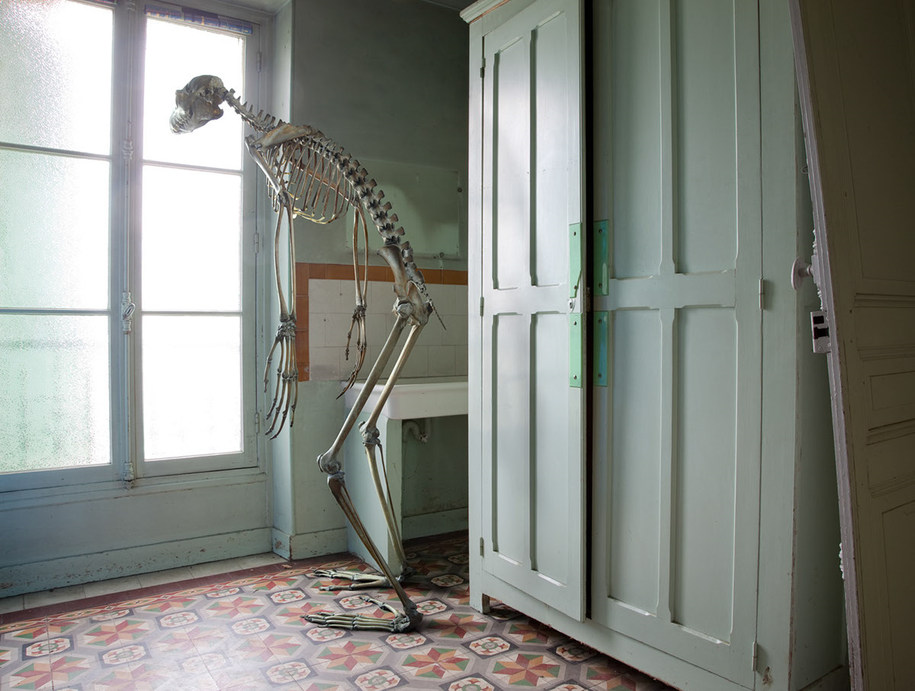
Εικ. 08: Marc da Cunha lopes, Vertebrata. Μια αντίθεση στην σύγχρονη κλινικοποίηση του θανάτου. Οι σκελετοί παρουσιάζονται ως έμβια όντα που βιώνουν τον κοινωνικό θάνατο στο περιβάλλον του νοσοκομείου.
Παράλληλα μελετώνται ως έτεροι τόποι, όπως αναφέρονται στο έργο του Michel Foucault, καθώς και ως σημαντικοί χωρικοί φορείς νοημάτων που σχετίζονται με την μεταβαλλόμενη φύση της κοινωνίας και το αστικό και τοπιακό της απόθεμα.

Εικ. 09: The Crucifix by Damien Hirst. Απεικονίζεται το κλασσικό σύμβολο της εκκλησίας με μια σειρά χάπια για να δηλώσει τις διαφορετικές αποκρίσεις απέναντι στο εν λόγω ζήτημα. Δηλαδή τον θάνατο που ελέγχεται από την εκκλησία και την ιατρική.
Τέλος, μέσω της ανάλυσης σύγχρονων σχεδιαστικών παραδειγμάτων, προσεγγίζονται ζητήματα αστικής ένταξης και τοπιακής συγκρότησης σε σύγχρονους νεκροταφειακούς χώρους στον Ευρωπαϊκό Βορρά και Νότο και η ανάδειξή τους ως σημεία αναφοράς στον ιστό και τη ζωή της πόλης.
Credits & Details
Project title: Theories of death and contemporary design examples of burial grounds
Project type: Diploma thesis project
University: School of Architecture, Technical University of Crete
Team: Georgios Dionysios Lountzis, Galini Nikolaidi
Supervisor: Dimitra Chatzisavva
Date of presentation: June 2020
READ ALSO: Μαρία Κοκκίνου: «Αν κάτι χαρακτηρίζει την αρχιτεκτονική του 20ου αιώνα μέχρι σήμερα είναι η μάχη για την εξαφάνιση των ορίων.»